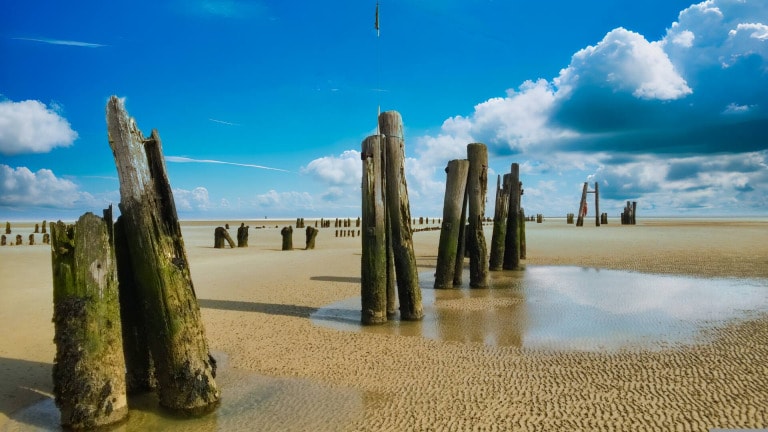Have you ever wondered how deep the North Sea is? The answer is not as simple as you might think. The North Sea is an extensive body of water located mainly on the European continental shelf, and its depth varies considerably depending on its location.
How deep is the North Sea on average?
Let's first look at the Average depth of the North Sea at. According to the International Hydrographic Organization, the average depth of the North Sea is 94 meters. However, this figure can be misleading because the depth of the North Sea varies greatly depending on location.
For example, the shallowest part of the North Sea is the Dogger Bank, an extensive shoal in the southeastern part of the sea. The Dogger Bank is relatively shallow with a depth of about 15 to 36 meters. This makes it an important fishing area and shipping route.
How deep is the North Sea at its deepest point?
The deepest part of the North Sea is the Norwegian Trench, which lies off the coast of Norway. The Norwegian Trench is one of the deepest oceanic trenches in the world, with an maximum depth of about 700 meters. This depth is deeper than the average depth of the Mediterranean Sea.
Another deep area is the Central Trough, which lies off the coast of Scotland. The Central Trough is about 300 meters deep and is home to a variety of marine life, including lobsters, crabs and scallops.
How deep is the North Sea at Helgoland?
The answer is not quite simple, because the depth can vary greatly depending on the location in the area. In general, the North Sea is around Heligoland but relatively shallow, with a depth of about 20 to 60 meters.
More precisely, the waters around the main island are Heligoland relatively shallow, with a depth of 18 to 30 meters (59 to 98 feet). However, the depth increases significantly the further you get from the island, reaching over 50 meters in some places.
It should be noted that the depth is not constant and can vary depending on factors such as tides, currents and weather conditions. In the winter months, for example, strong westerly winds can cause sea levels to rise by several meters, leading to increased flooding in coastal areas.
It is also affected by human activities such as oil and gas extraction, fishing and shipping. These activities can have a significant impact on the marine environment, for example by altering the seabed and affecting marine life.
In recent years, there has been increasing concern about the effects of climate change. Rising sea levels and increasing water temperatures could have a significant impact on the marine environment and lead to changes in the distribution and abundance of marine life.









